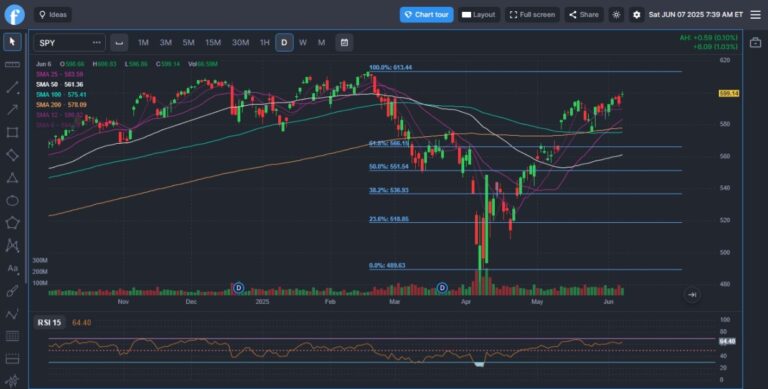The lions come at night to hunt, taking advantage of their excellent night vision and the cover of darkness to ambush prey. Their eyes are adapted to low light, giving them a significant edge over their prey.
In trading options, the trading lions come at night, before the dawn of the next market opening. As pre-market unfolds, profits from planned trades evaporate.
Holding positions overnight or over a weekend could potentially turn good trades into potential nightmares. Theta (time) and news are usually not our friend, and while our hands are tied when the markets are closed to options trading, all options trades are vulnerable. Think about it, how many trades looked great at the end of the day only to evaporate by the next market opening? The answer is too many.
Do we trade options to make money? Do we trade options for sport, exercise, or to feel accomplished? Perhaps we trade options so we can pound our chest when a 4x occurs. I guess any reason is good enough; however, the lions will come at night.
After over 1,000 option trades in less than two years, I have pretty much found my groove. More about that in future posts; today, it is all about knowing that the lions come at night.
The adage “addition is considerably simpler than subtraction” is familiar to many. Mentally, choosing to buy is typically simpler than choosing to sell. Optimism has the power to overpower our trading compass and drive the optimism needle extreme north as a trader. For most, the hardest segment of a trading cycle is knowing when to hold, fold, or take profits.
I take profits.
When to sell can mean the difference between locking in your gains or letting them evaporate. Here are a few crucial tactics:
- Predefined Profit Targets: Set clear exit points based on technical levels like resistance zones, Fibonacci retracements, or moving averages.
- Trailing Stops: Use a trailing stop-loss to protect gains while allowing room for further upside.
- Market Psychology: Recognize euphoria and greed—when traders become overly confident, it may be time to take profits before a reversal.
- Time-Based Exits: Some traders take profits before earnings reports, major news events, or weekends to avoid overnight risk.
- Scaling Out: Sell partial positions at different price targets—this locks in gains while keeping exposure to further upside.
I take profits every day before the market closes and especially on Fridays, avoiding that darkness, or ether, between market close and market opening.
Extreme market movement before the open can be driven by several key factors:
- Earnings Reports: Companies releasing earnings before the bell can trigger sharp price swings, especially if results beat or miss expectations.
- Economic Data: Reports like inflation numbers, employment data, or interest rate decisions can set the tone for the trading day.
- Geopolitical Events: Overnight developments—such as trade agreements, conflicts, or policy shifts—can create uncertainty or optimism.
- Overseas Market Influence: If Asian or European markets experience a major rally or crash, U.S. stocks often react before the open
- Order Imbalances: Large pre-market buy or sell orders can create volatility, especially in thinly traded stocks
When the lions come at night, profits can evaporate. Take control, stay in control, and take any profits you may have and move on. Be decisive, and by all means, leave nothing for the lions. Profits taken are losses avoided. Starting and ending a trade for a 2% gain in a single day is an annual ROI of 730%! Do that a dozen times a day.









